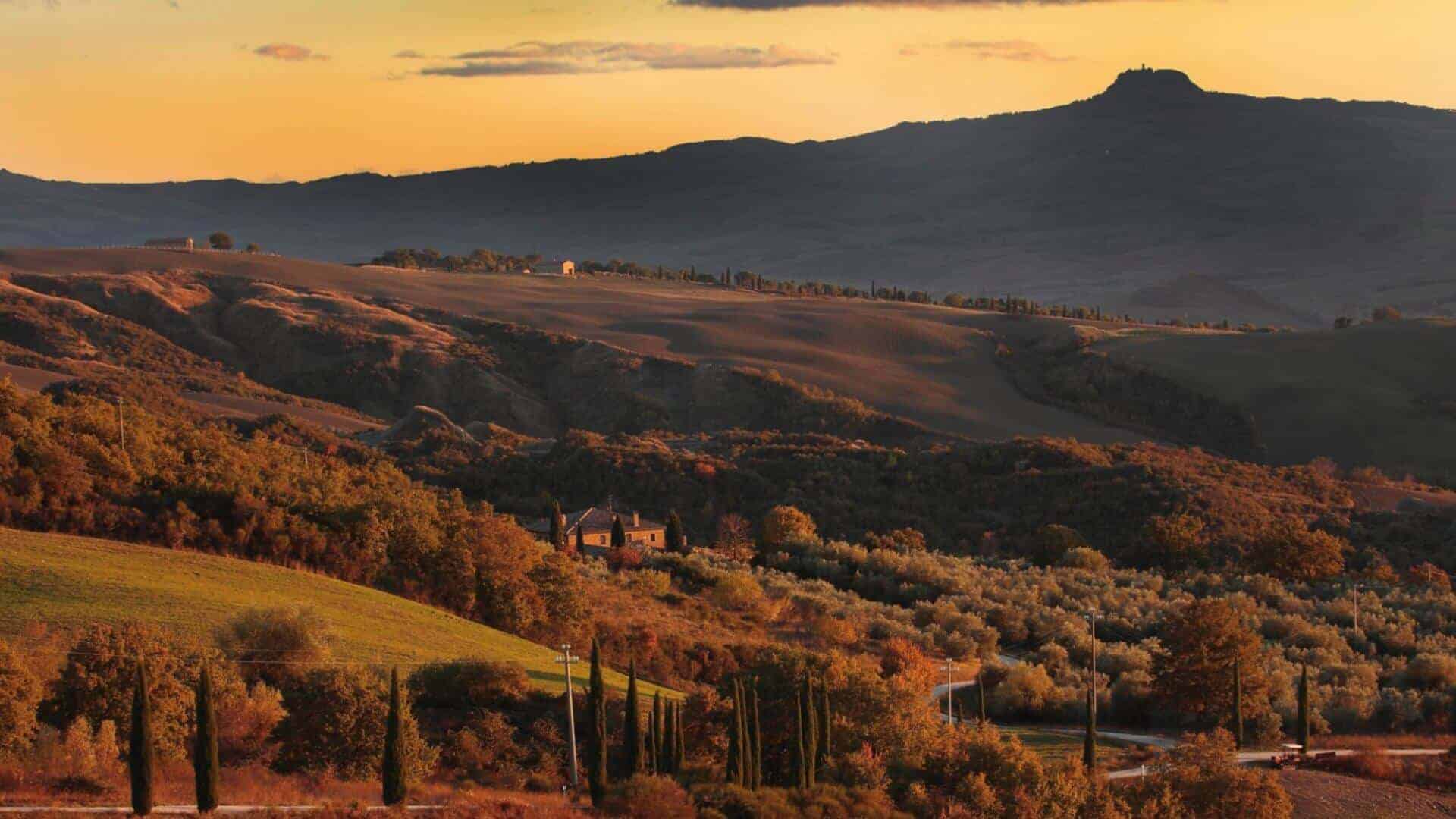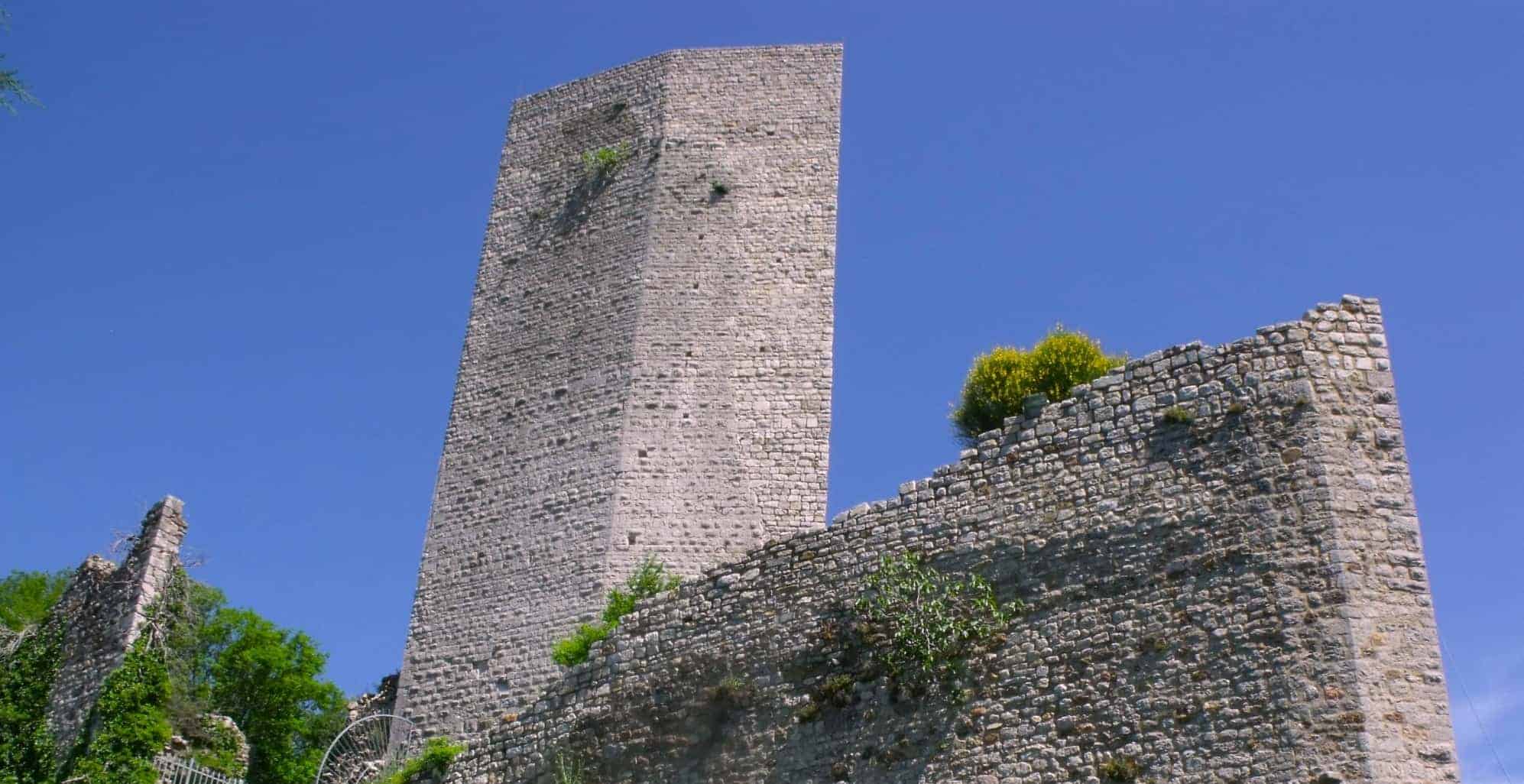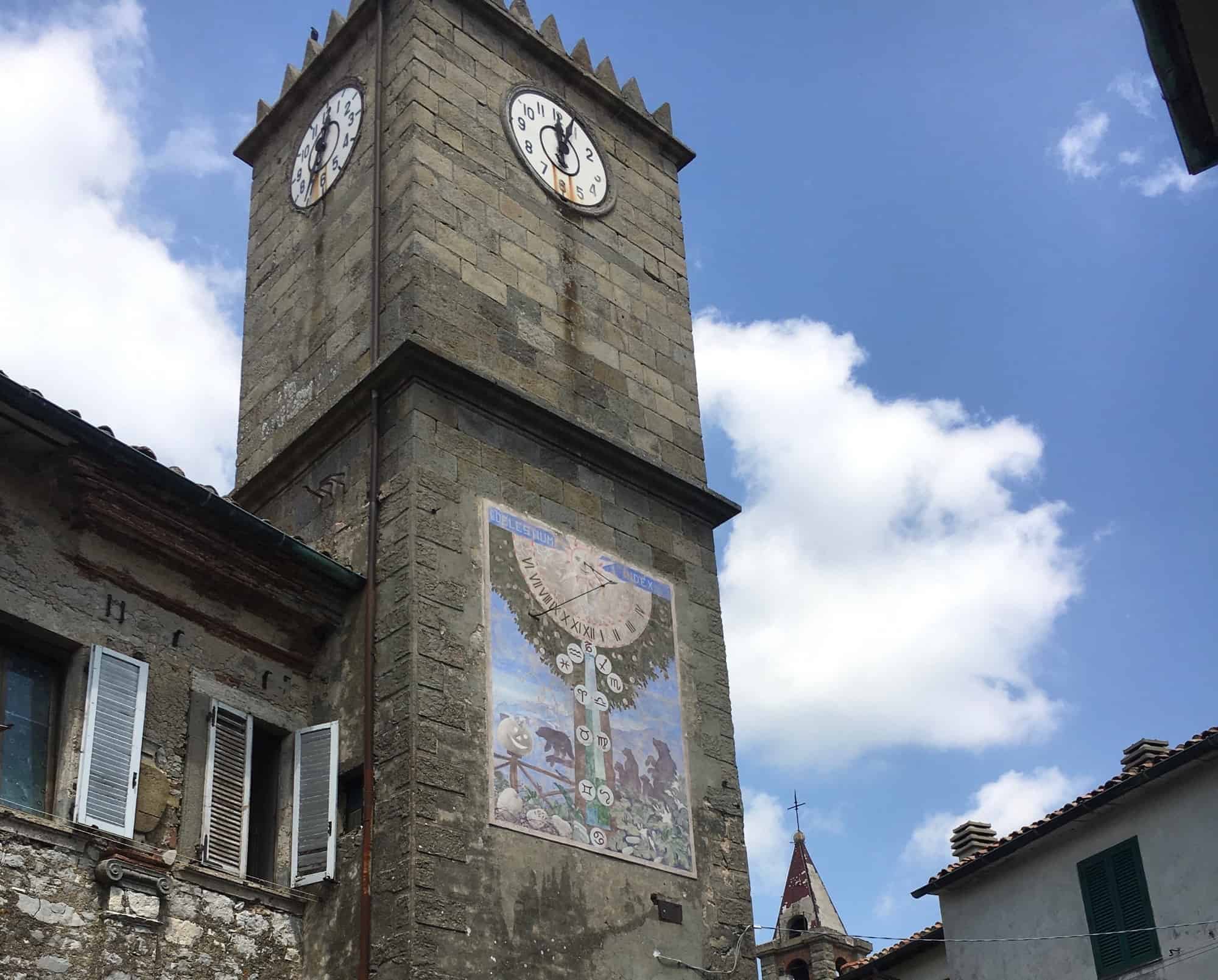Castell’Azzara, a charming Tuscan village located on Monte Amiata, is a place rich in history and natural beauty.
The municipality extends from the southern slopes of Monte Amiata to the northern edge of the Tufo area and the Paglia River valley. With its altitude of 815 meters, it is the highest municipality in the province of Grosseto. The history of Castell’Azzara dates back to the 11th and 12th centuries when it was founded as a domain of the Aldobrandeschi family. Local legend has it that the name of the village derives from a dice game (a zara) played among three Aldobrandeschi brothers, who decided to bet on who would have the right to build a castle at the location. The winner, Bonifacio of the Aldobrandeschi, constructed the castle with three towers: one in his honor and the others in honor of his brothers. The territory of Castell’Azzara has been frequented since the first millennium BC when the Umbrians settled in the area, followed by the Etruscans from Sovana who exploited the cinnabar deposits to extract mercury. In 1439, Castell’Azzara passed to the Sforza family through the marriage of Cecilia Aldobrandeschi and Bosio Sforza. In the 17th century, the village was annexed to the Grand Duchy of Tuscany.
What to See in Castell’Azzara
The oldest part of the village, with its steep and winding alleys, is worth a visit. The most imposing monument is the Rocca, built by the winner of the famous dice game. Today, the Rocca resembles more of a large palace than a fortress, with a 19th-century clock tower behind it. The Palazzo del Capitano, in neo-Gothic style, is located in Piazza Vittorio Emanuele. Castell’Azzara is famous for its mercury mines. When these were closed, the village fell into a state of isolation, but today it shines anew thanks to tourists attracted by its environmental and historical beauty. The village offers guided tours of the mines and boasts four well-marked hiking trails that cross the Monte Penna Nature Park. One of the most famous paths leads to the Grotta del Sassocolato, a national treasure famous for its incredible stalactites and stalagmites. The cave, formerly used as a sheepfold, is the habitat of more than 2,000 bats and can be visited in the summer with the help of the “L’Orso” Speleological Group of Castell’Azzara. In the territory of Castell’Azzara, you can also find Villa Sforzesca, an imposing country villa built in 1580 by Cardinal Alessandro Sforza. The villa, recently restored, preserves portals, coats of arms, traces of fortifications, and frescoes.
Local Products
Castell’Azzara is also known as the capital of Maremma Tuscany truffles. Here, you can find both white truffles, rarer and more expensive, and the black variety, which is more affordable. The best time to try this delicacy is during the Summer Truffle Festival, which takes place in the third week of July.
How to Get There
To reach Castell’Azzara, you can take the A1 motorway to the Chiusi-Chianciano Terme exit, then follow the SS2 Cassia road towards Siena until you reach Piancastagnaio. From there, take the SP10 road in the direction of Castell’Azzara. If you’re traveling by train, the nearest station is Grosseto, from where you can take a bus to Castell’Azzara.
Where to Stay
Once you arrive, there are several accommodation options. The village offers a variety of places to stay, including bed and breakfasts, agriturismi (farm stays), and hotels. As for food, there are various restaurants and osterie (taverns) where you can savor typical Tuscan cuisine, including truffle dishes.





